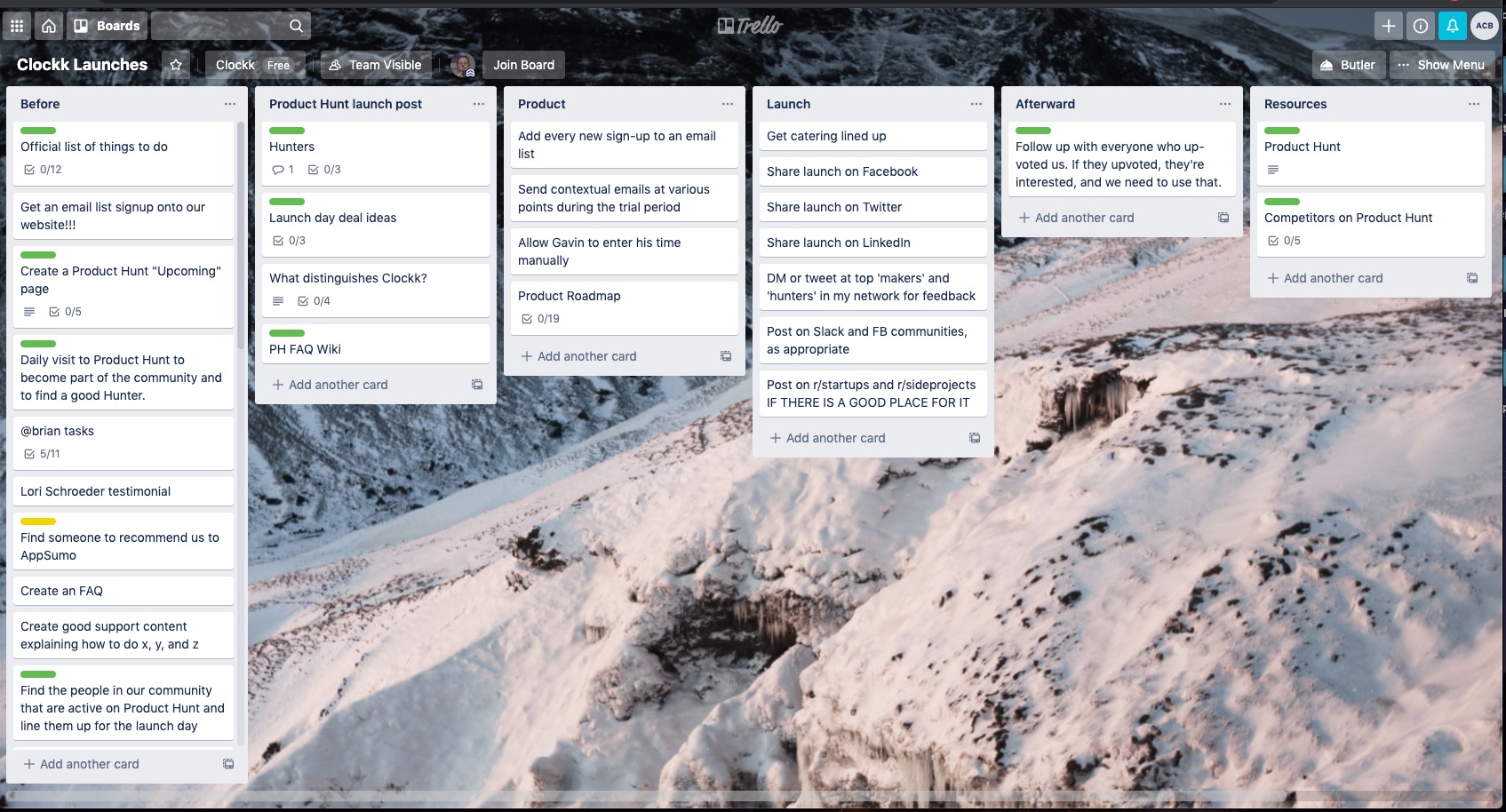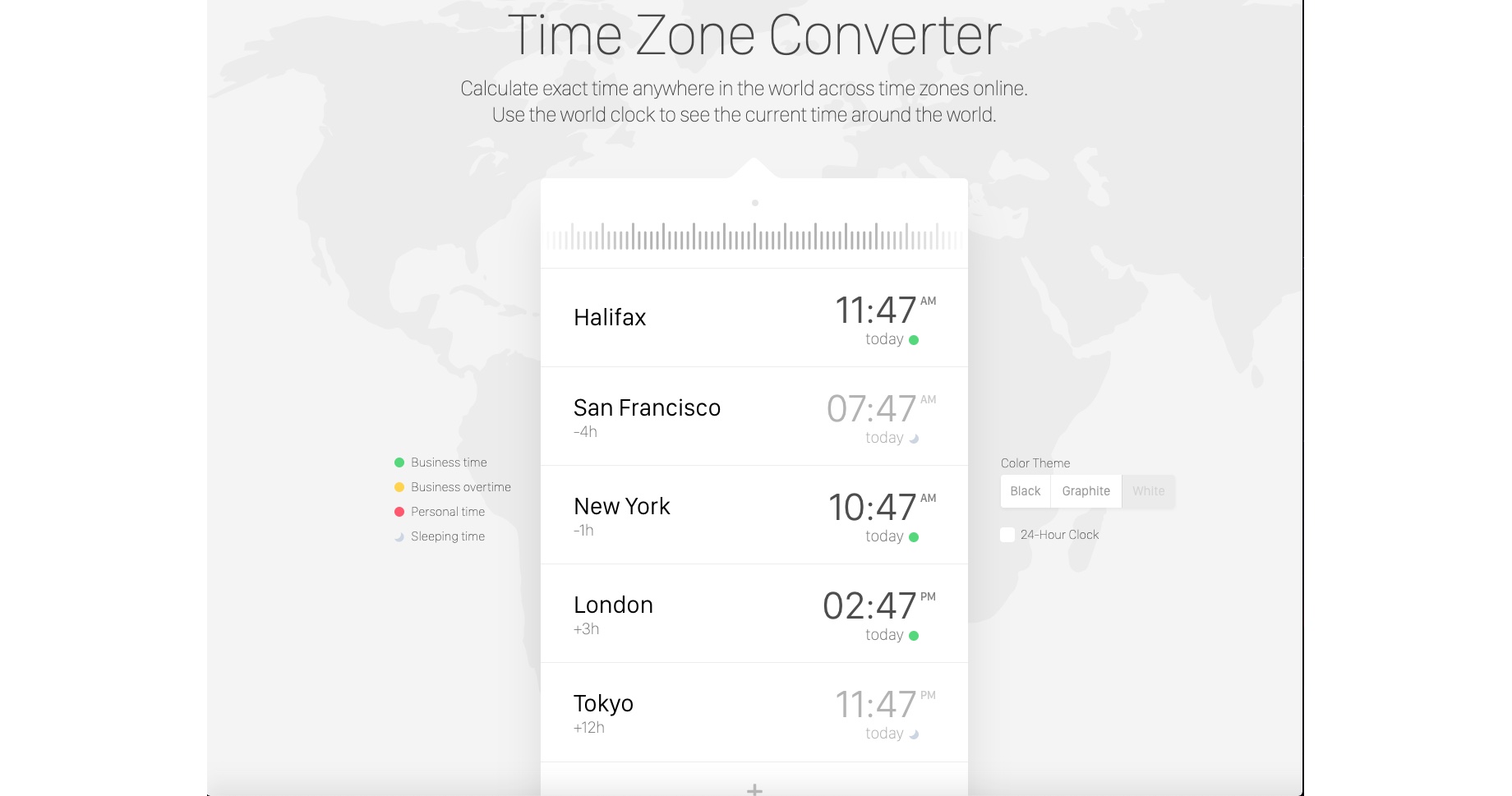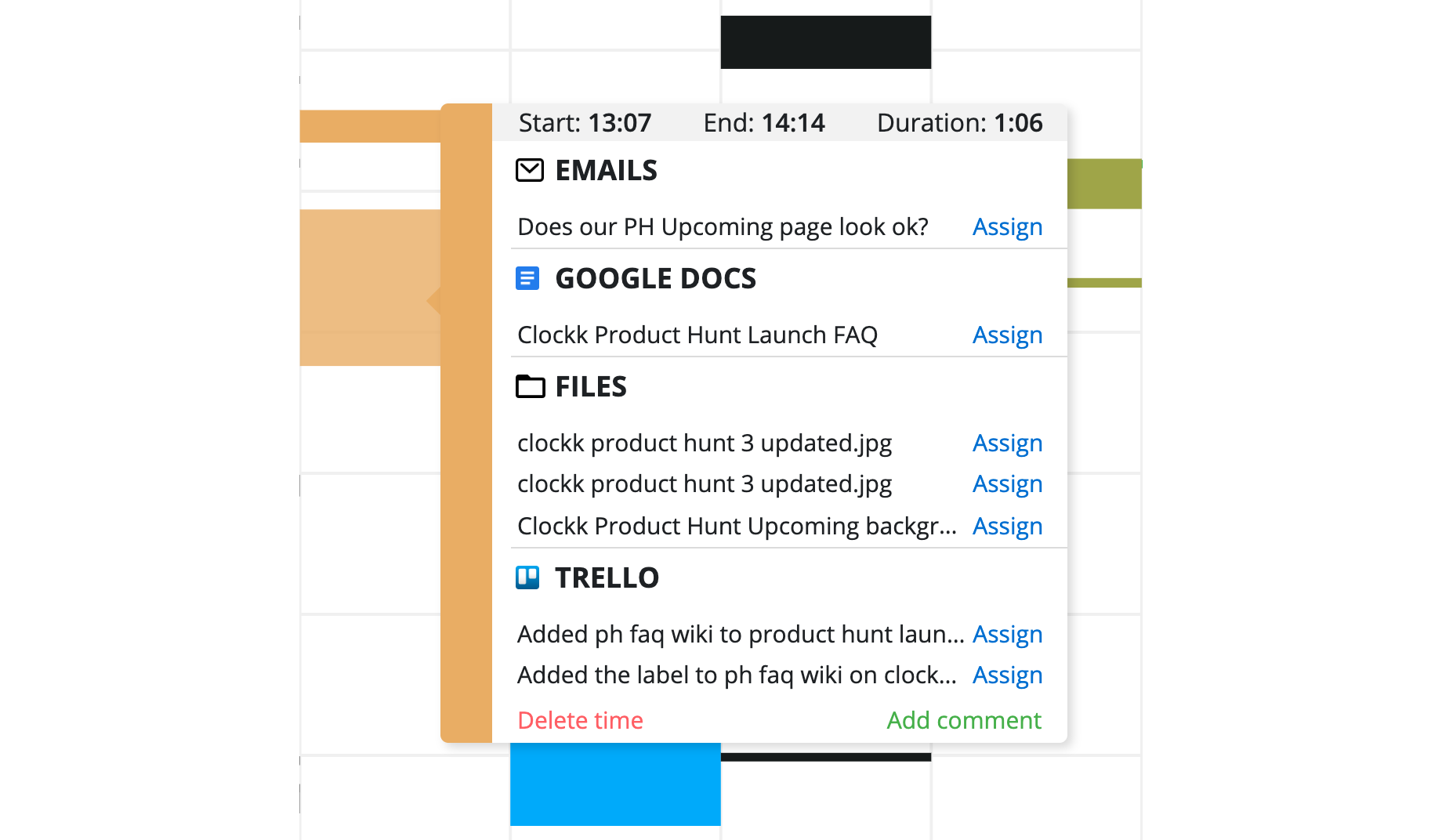Remote Work: How Clockk does it
Angie Chia-Baxter • April 29, 2020

Photo by Andrew Neel from Pexels
Thanks to always-online technology, remote work is becoming more available and popular. More companies are allowing remote work. To be productive some workers may need to be in the office, but others thrive working remotely. If you are someone that can work independently, at home, in spite of the distractions, maybe remote work is for you!
Remote work gives you the freedom to decide where and when to work. However, it’s not that simple; there are challenges to remote work. Are you easily distracted by personal tasks, like doing your laundry? Do you have a proper workspace? There are many strategies to help you overcome these challenges.
At Clockk, we use a number of different Software-as-a-Service (SaaS) applications., SaaS applications let our staff work from anywhere, using any device. We use Slack, Mailchimp, G Suite, Hootsuite, Stripe, Google Analytics, and Intercom, among others (and of course Clockk!).
The alternative to SaaS applications is native, desktop applications. Companies that have a lot of desktop applications tend to have in-office servers, large IT teams, and VPN (Virtual Private Network) software to allow remote access. These systems are complicated to set up and manage.
These native desktop app environments are often challenging to collaborate with. Whereas a SaaS application gives you a single source of truth (the only version of a document is the one you see online), collaborating with native applications often means sending Excel spreadsheets and Word documents by email. After a few back-and-forths, it is difficult to tell which is the true, final version. At best, staff use a shared server where they keep the true, final document… and you can tell because the filename is often something like “FINAL April 2020 03”. By using SaaS apps, everyone knows which version is the true version.
In this post, we have provided a list of 6 remote tools that we specifically use for collaboration: Slack, Zoom, Trello, G Suite/Office 365, Time Zone Converter, as well as Clockk. These tools allow us to collaborate, stay connected and keep us focused on completing our tasks.
Slack is a collaboration tool that is used by many all across the world. It is a tool where team members can collaborate as efficiently as if they were physically together. It is a great tool that gives your team a virtual place to call “the office”.
In Slack, we start our day with a brief stand-up telling everyone what they worked on yesterday, what they will be working on today, and what might be blocking them from accomplishing their tasks. Slack makes it feel like we’re all in a room together, even when we’re not. It’s easy to have in-office conversations (water cooler chatter) with people who are local as well as remote. It’s quick and simple to call someone’s attention by @naming them, and it’s fun to respond to a joke with an emoji, without everyone receiving a notification about it!

Zoom is widely used, just like Slack. Zoom allows people to collaborate with one another by video calling and sharing your desktop. Zoom is easy to use and makes it easier to communicate with your team even if you aren’t all together.
One challenge working with a partially distributed team is all-hands meetings. Perhaps you’ve been in a room with 10 people sitting around the table and one or two people conferenced in on a phone system. 5 minutes into the call, everyone in the room has forgotten the people who are on the phone. Verbal conversation is supplemented with body language such as pointing, smiling and nodding. The people who “dialled in” have no idea what’s happening in the meta-conversation and as such are second-class citizens. At Clockk, if we have a Zoom call, everyone joins the call independently, as though we are all “remote”. We all talk to our screens, even if there are others in the same room, so that everyone on the call feels like an equal member of that call.

Trello is an easy, simple way to organize and visualize your projects or to-do lists. Your team can utilize Trello to stay on top of deadlines and focus on what’s more important to complete first.
At Clockk, we have a number of Trello boards: Marketing, Product Development, and then boards for particular projects, such as our Website and particular Launch activities or Campaigns.
Our CEO has created a personal Trello board where he organizes the various hats he wears. On the board, there is a list for each hat: Product, Finance/Fundraising, Marketing, Sales, Business Development, Human Resources, and Legal. Each list has cards with activities that can be completed in a week. He prioritizes specific cards each week. This way everything moves forward, even with the usual distractions of everyday work.

Time Zone Converter is what it sounds like. It converts and calculates the exact time it would be anywhere around the world. Perfect for remote workers that are situated in different parts of the world, and need to communicate with each other. Even though it’s a native application, it’s incredibly convenient.
At Clockk, our team is typically in Eastern or Atlantic time, so time zone math is pretty easy. However, we have a liberal “work from anywhere in the world” policy, so when one of our team members goes to New Zealand, and another one to Germany, it’s nice to know what time it is for each of them and when we can meet together. Hint: with New Zealand, it’s “never” 😆.

G Suite / Office 365. At Clockk, we use both G Suite and Office 365. Why? Both have strengths and weaknesses. G suite is perfect for collaboration, so we go straight there when working on a collaborative document. When working on an individual project, we might choose Office 365. It also has sharing/collaboration features, but to be honest, we haven’t used them! 🤷♂️🤷♀️
In a listing of powerful remote working tools, it would be silly of us not to include Clockk! Time tracking is important for understanding how you spend your time, especially if you bill your time.
Clockk is automated time tracking software, solving our biggest headache: Time sheets! It makes getting the worst part of our week done in just three easy steps: Review, Correct, Submit.
At Clockk, we also use Clockk to help us with our morning stand-ups. If you’ve done stand-ups at your workplace, you’ll know that they have 3 parts:
✅What you did yesterday
✅What you’re going to do today
✅What’s blocking you from finishing a task
Our team members have worked at a number of different companies that use stand-ups. We noticed that people would often start their stand-up with “Well yesterday I uhhh… I worked on uhhh… I worked on...” and eventually answer very generically. At Clockk, we wanted to fix that.
Clockk lets you see, visually, what you worked on the previous day. A few minutes before your morning stand-up, complete the previous day’s time sheets. You’ll see every project you worked on and everything you did, at a glance. Not only will your time sheets be done already, but you might even be surprised by how much you accomplished yesterday. Your time sheets have never been so accurate! 🤩

Ready to save time and find unbilled hours? Get Started